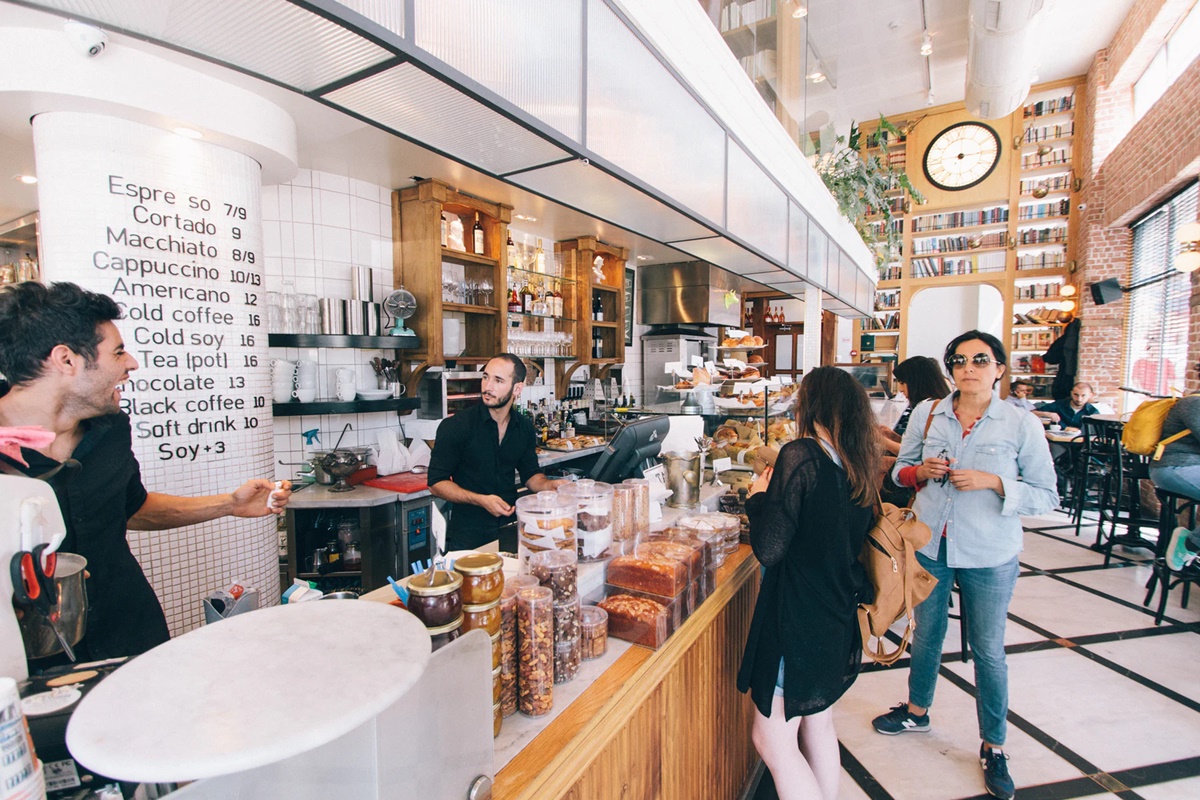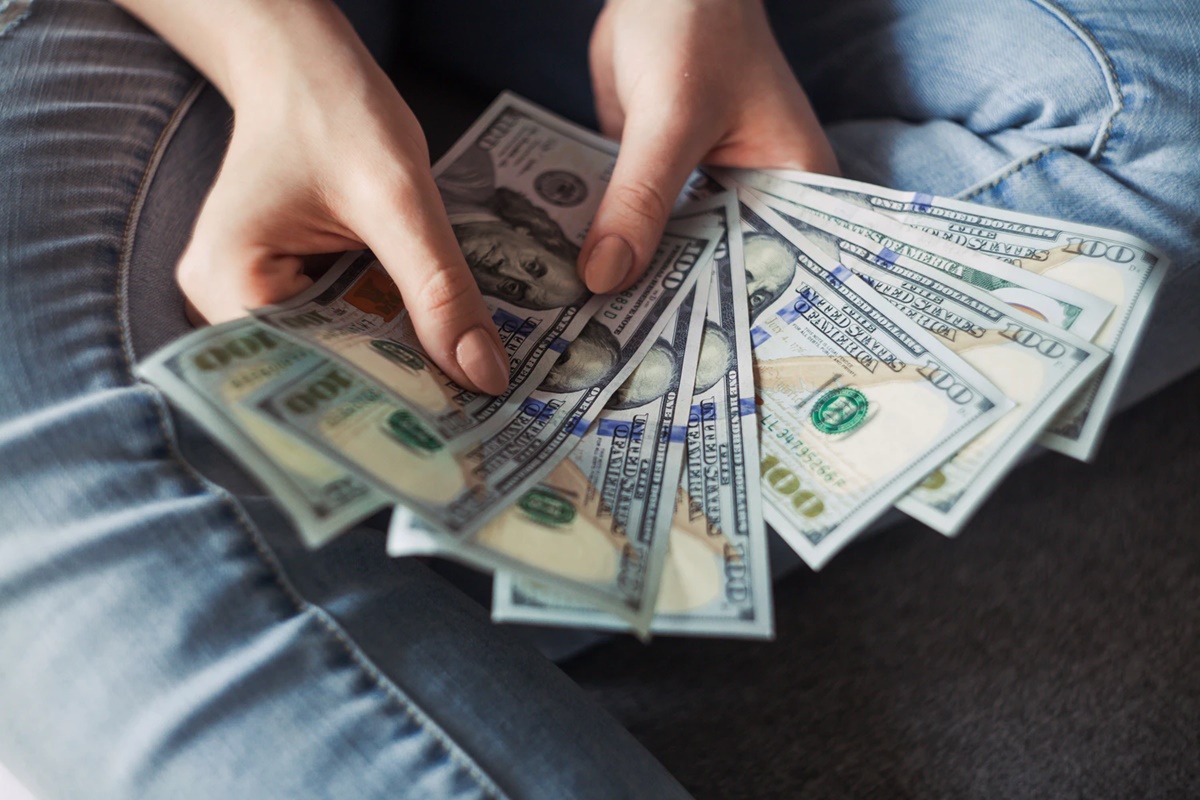A Comprehensive Explanation of Consumer Behavior in Marketing!
How many times are you making decisions all day? What am I meant to wear today? What perfume am I supposed to put on? What am I supposed to have for lunch? If you think about it, we’re going to make a lot of buying decisions every day without consideration.

And these decisions, no matter how insignificant they may appear to be, keep marketers up at night, because decoding the processes behind these decisions means that marketers can use that information to boost revenue. In this article, I will explain to you in detail what consumer behavior is and how you can use it to grow a strong business. Let’s jump right into the details!
What is Consumer Behavior?
Consumer behavior is an analysis and understanding of consumers and the mechanisms they employ in the back of their minds to select, consume and dispose of products or services, including the social, mental, and behavioral reactions of consumers. Consumer behavior incorporates ideas from a number of sciences, including psychology, biology, chemistry, and economics.
Why is consumer behavior important for businesses?

Studying customer behavior is essential because, in this way, advertisers can learn what drives consumer spending decisions. By recognizing how customers settle on a product, they will fill the demand void and identify the goods that are needed and the outdated goods.
Studying customer behavior also lets advertisers determine whether to deliver their goods in a manner that has the greatest effect on customers. Understanding customer behavior is the key approach to meeting and influencing your customers and convincing them to buy from you.
The analysis of consumer behavior can reveal:
- What consumers think, as well as how they feel about different alternatives (brands, products, etc.);
- What influences consumers to choose between different options;
- Public behavior when studying and shopping;
- How the world of customers (friends, family, media, etc.) affects their behavior.
Consumer behavior is also affected by many factors. Marketers will research the dynamics of customer sales to figure out the preferences of consumers. In most situations, marketers affect customer behavior even through the items they can control, such as how IKEA tends to nudge you to pay more than you expected every time you go to the shop.
So, what are the factors that influence customers when they say yes/no? There are three groups of factors that influence consumer behavior:
- Personal factors: the preferences and perceptions of individuals that could be affected by demographics (age, class, history, etc.).
- Psychological factors: the individual ‘s response to a marketing message depends on their perceptions and attitudes.
- Social factors: family, friends, educational level, social media, income, all influence consumer behavior.
Four types of consumer behavior

The choice of the customer to buy depends on the type of goods that they choose to buy. The action of a customer when purchasing a coffee is a lot different when buying a car. Based on findings, it is obvious that more complicated and costly transactions require more deliberation and far more people.
Consumer purchasing behavior is determined by the level of involvement shown by the consumer in the purchase decision. The amount of risk involved in the purchase also determines the behavior of the purchase. Higher priced goods tend to be at higher risk, thus seeking greater involvement in purchasing decisions.
There are four types of consumer purchasing behavior:
- Complex purchasing behavior
- Dissonance-Reducing purchasing behavior
- Habitual purchasing behavior
- Variety-seeking purchasing behavior
1. Complex buying behavior
Complex buying behavior, in particular, occurs when consumers purchase an expensive product. Consumers are very interested in the buying decision in this unusual deal. Consumers will do a lot of research before they’re committed to investing.
Consumers act somewhat differently when they buy a costly product or a commodity that is new to them. When there is a high risk of buying a product, the consumer consults with friends, family, and experts before making a decision.
For example, when a customer buys a car for the first time, it is a major decision because it entails a high economic risk. There’s a lot of thought about how it looks, how his friends and family will react, how his social status will change after buying a car, and so on.
In a dynamic purchasing action, the customer must go through a learning cycle. First, he should establish his opinions about the product, then consider between pros and cons, and then make a careful buying decision.
Marketers will provide a thorough knowledge of the goods for complex-purchasing-behavior customers. They are expected to help the consumer understand their product. It is necessary to build promotional campaigns in such a way as to affect the buyer’s perceptions and attitudes.
2. Dissonance-reducing buying behavior
Consumer participation is very high in dissonance-reducing buying behavior. This could be due to high prices and infrequent purchases. In comparison, there is a limited supply of options with less noticeable variations between labels. In this type, the consumer buys a product that is readily available.
In this case, consumers will be left with few choices and have to buy goods with not too many options; therefore, consumers will be left with limited decision-making. Based on the goods available, the time period, or the budget constraint, customers buy those items without lots of studies.
For example, a customer who is looking for a collapsible chair that can be taken on a camping trip quickly decides on a product based on the few available brands. The key considerations here would be the application and the design of the collapsible table and the budget allocated to it.
Marketers should run after-sales service camps that deliver targeted messages. These campaigns will strive to help customers and encourage them to continue to prefer their brand. These marketing strategies will concentrate on the development of repeat sales and referrals by providing discounts and rewards.

3. Habitual buying behavior
Habitual Buying Behavior is shown when the consumer has a low level of involvement in the purchase decision. In this situation, the customer sees only a few major variations between products.
When consumers buy products that they use for their daily routine, they are less likely to give much thought to it. They either buy their favorite brand or the one they use on a regular basis – or the one that is available in the store or the one that costs the least.
For instance, while a consumer buys a loaf of bread, he/she tends to buy a brand he’s familiar with without actually spending a lot of time and research. There are many products in this category. Everyday use of products, such as salt, sugar, biscuits, toilet paper, and black pepper, all fit into this category of products.
Consumers just go and buy it – there’s no loyalty to the brand. Consumers do not study or require knowledge of the purchasing of these items.
The usual buying behavior is influenced by radio, television, and print media. In addition, consumers are buying on the basis of brand familiarity. Marketers must, therefore, use repetitive advertisements to build brand familiarity. In addition to initiating product trials, marketers should use tactics such as price drop promotions and sales promotions.
Marketers should attract consumers using visual symbols and images in their advertising. Consumers can easily remember and associate visual advertisements with a brand.
4. Variety seeking buying behavior
Customer involvement is low in variety-seeking buying behavior. There are major variations between the different brands. Consumers often do a lot of brand switching here.
The cost of switching products is low, so consumers might want to try new products out of curiosity or boredom. Consumers here generally buy different products not because of dissatisfaction, but mainly because of the urge to seek variety.
For instance, a customer wants to buy a cookie and choose a brand without worrying a lot about it. Next time, the same customer could select a different brand for a different flavor. Brand switching frequently occurs and without intention.
Brands need to adopt different strategies for these types of consumer behavior. The market leader will convince the usual buying behavior by influencing the shelf space. A significant number of similar but separate model variants will be seen on the shelves. Marketers avoid out-of-stock conditions while sponsoring frequent advertisements, offering lower prices, discounts, deals, coupons, and free samples to attract consumers.
Four types of buyers

The Analytical Buyer
Motivated by logic and information, the purchaser will look at all the data on competing brands and products before making an informed decision.
The Amiable Buyer
Nice and polite, this buyer just wants to make everyone happy. That’s why big decisions are often paralyzed when a win/loss result is perceived.
The Driver Buyer
Drivers are most concerned about how others view them and whether they follow them. The trendsetters, the drivers, are more concerned with their appearance than with the relationships that are formed during the transaction.
The Expressive Buyer
Relationships are the key to the Expressive Buyer. They can’t stand feeling isolated or ignored during a transaction. Instead, they want to feel like you’re the most important asset.
It’s hard to distill anything as nuanced as purchasing actions by customers into four clean and tidy groups. Many consumers may find that they are a mixture of these forms of customer purchasing behavior.
What can influence consumer behavior?

Lots of factors can affect consumer behavior, yet here are the most common factors that influence consumer behavior:
Marketing campaigns
Marketing campaigns have a lot of influence on purchasing decisions. If executed properly and consistently, with the right marketing campaign, customers may also be encouraged to change labels or to look for costlier alternatives.
Marketing campaigns can even be used as a reminder for products or services that need to be purchased on a regular basis but are not necessarily at the top of the customer’s mind (such as insurance, for example). A good marketing message can influence the purchase of impulses.
Economic conditions
Economic conditions play a large part in buying expensive products, especially (such as houses or cars). A strong economic environment is known to make consumers more confident and willing to take part in purchases irrespective of their personal financial obligations.
Personal preferences
Consumer behavior can also be affected by personal factors such as dislikes, preferences, morality, and values. In industries such as fashion or food, personal opinions are particularly strong.
Advertising may help, but, at the end of the day, consumers’ choices are strongly influenced by their own preferences. If you’re a vegan, it doesn’t matter how many burger joint ads you see; you probably won’t start eating meat because of that.
Group influence
Social pressure also affects customer behavior. Our family friends, colleagues, immediate relatives, neighbors, and associates say or do play a significant role in our decision-making.
Purchasing power
Last but not least, consumers’ purchasing power plays a big role in influencing our behavior. If you’re not a billionaire, you’ll take your budget into account before you make a purchase decision.
The product may be excellent, marketing might be on the right track, but if you don’t have the money required, you won’t buy it. Segmenting consumers based on their purchasing capacity will help marketers identify eligible consumers and achieve better results.
The customer buying journey

Buyers don’t want to be sold or closed. Marketers need to customize their sales process in the context of the buyer by understanding the journey of him or her. This process provides valuable information to the buyer when he/she is searching for unique information on the company that cannot be obtained online. If you don’t have an intimate understanding of your buyers, have a few interviews with your company’s customers, prospects, and other salespeople to get a sense of the buying journey.
The customer buying journey is made up of a three-stage process:
- Awareness Stage: The buyer becomes aware that they have a problem that needs to be solved.
- Consideration Stage: The buyer has identified their problem and looks for solutions to solve it.
- Decision Stage: The buyer chooses a solution and makes a buying decision.
Awareness Stage
In the Awareness stage, buyers identify their challenges or the opportunity they want to pursue. They also decide whether or not the objective or challenge should be a priority.
Consideration Stage
At the stage of consideration, the buyers have clearly defined the goal or challenge and are committed to solving it. They evaluate the different approaches or solutions available to pursue the goal or to solve the challenge.
Decision Stage
At the decision point, the buyers have already decided on a solution. For instance, they might write a pro/con list of different deals and then settle on the one that best fits their needs.
Final Words
Consumer buying decisions rely on customer behavior. There are significant variations in customer preferences between purchasing a vehicle and purchasing chips. Marketers must exercise careful judgment on different types of consumer behavior in marketing products. I hope this article has given you valuable insights into how consumer behavior works. Please feel free to leave a comment for further discussion.
New Posts

How To Set Up Google Analytics 4 For Your BigCommerce Store






